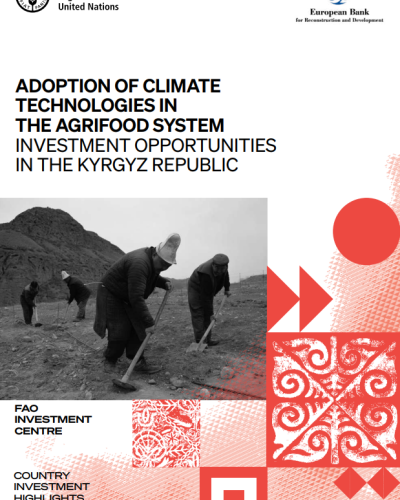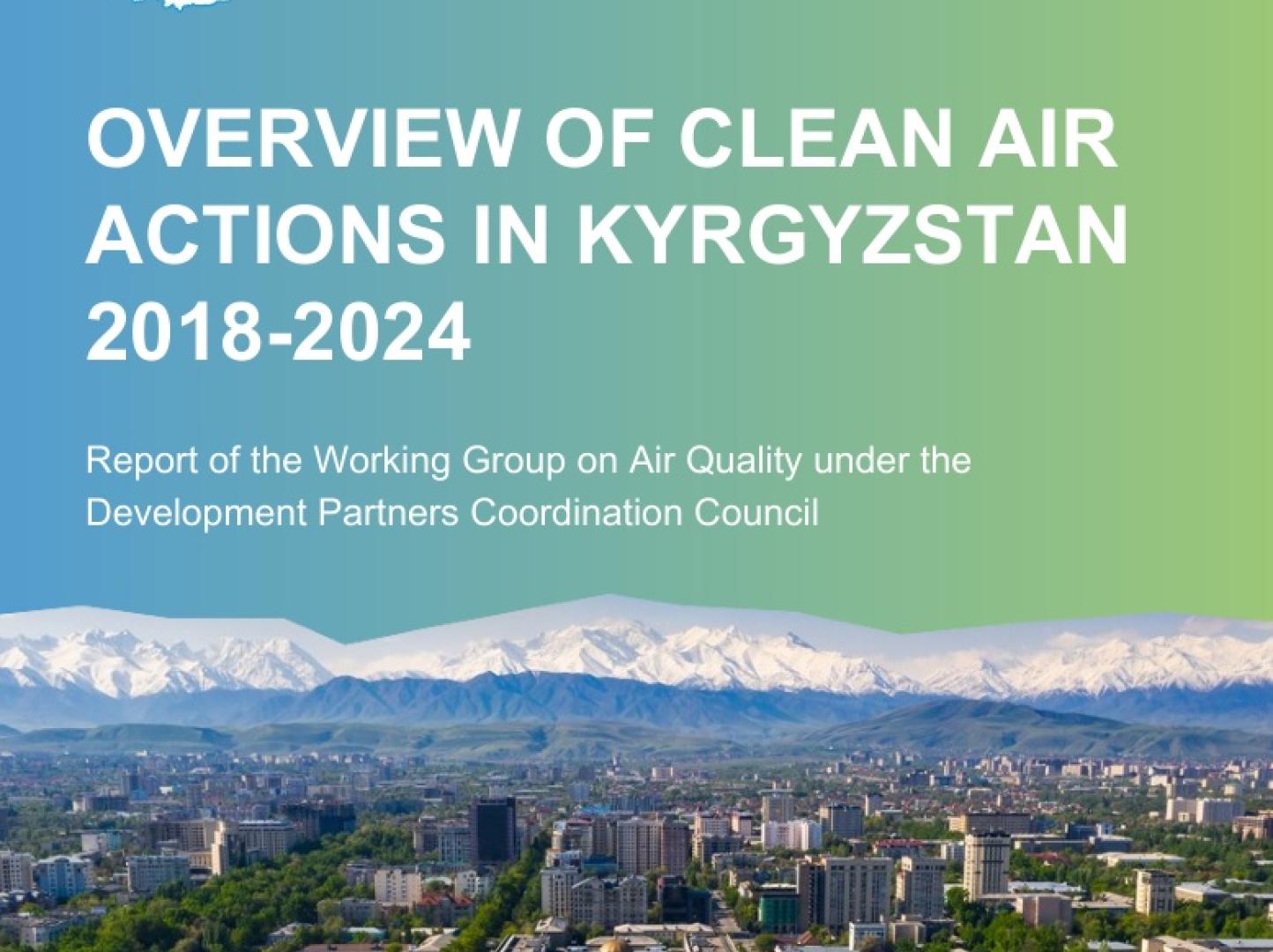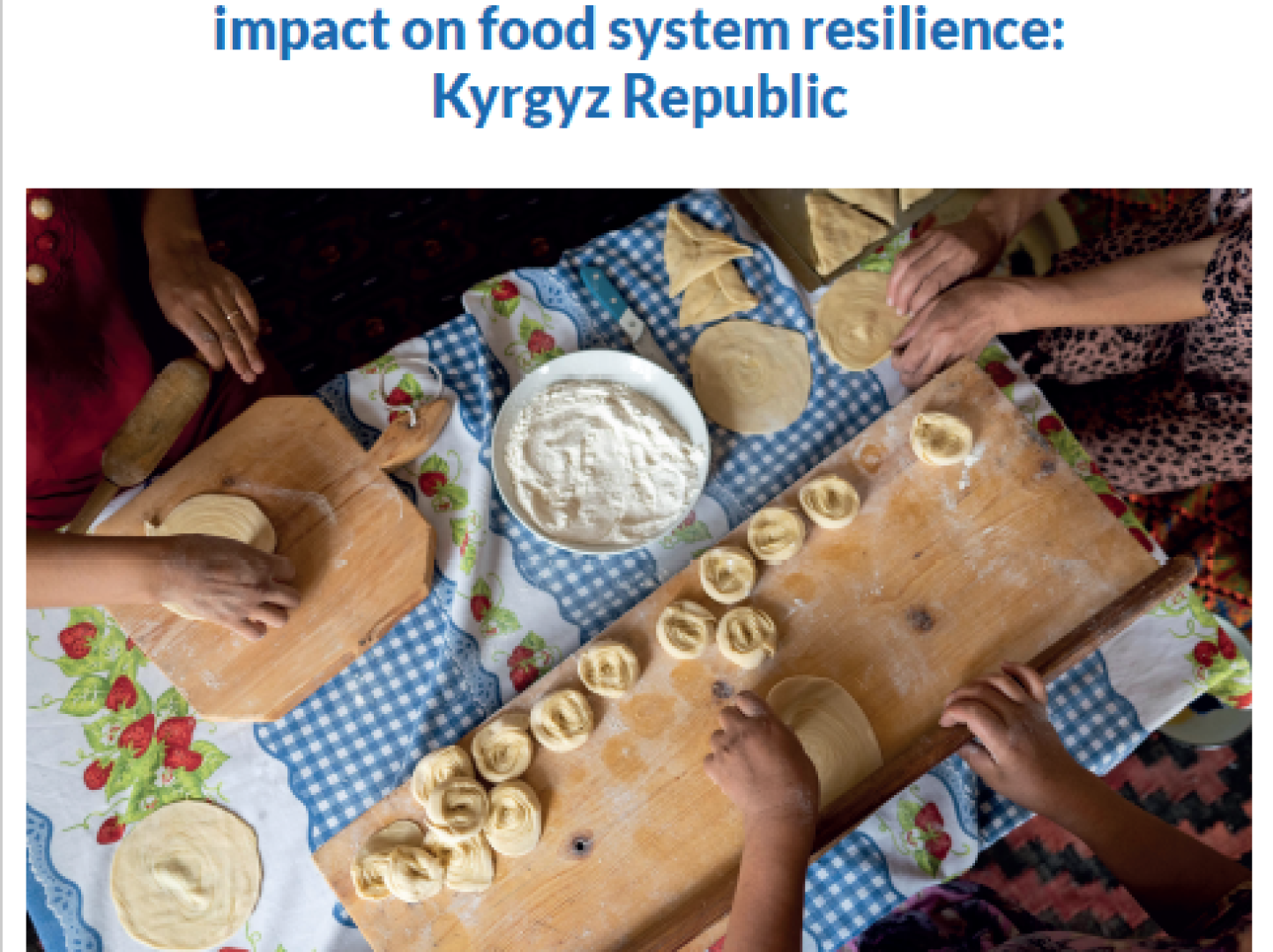Adoption of climate technologies in the agrifood system: investment opportunities in the Kyrgyz Republic

Agrifood systems are important contributors to greenhouse gas (GHG) emissions and are therefore increasingly under pressure to become more resource-efficient and reduce their environmental footprint. At the same time, agrifood system performance is closely dependent on natural resources and faces major threats from climate change. It is thus urgent to increase the agrifood sector’s resilience to climate change through targeted investments that reduce its vulnerability to extreme weather events. Accelerating the adoption of climate technologies is an essential step towards these objectives.
With this in mind, the European Bank for Reconstruction and Development (EBRD) and the Food and Agriculture Organization of the United Nations (FAO) developed a methodology to identify and prioritize climate technologies in the agrifood sector, based on their potential to mitigate GHG emissions and contribute to adaptation to climate change. The assessment and prioritization is based on multiple criteria, including technical and financial parameters, economywide impacts and sustainability, and institutional and regulatory aspects.
This report outlines the results of a rapid assessment of climate technologies in the Kyrgyz Republic’s agrifood sector based on this methodology. A similar assessment was conducted in Kazakhstan and summarized in a companion publication. The results of both country assessments were presented to stakeholders in both countries during two workshops held in Bishkek and Astana on 2 November 2018 and 7 November 2018, respectively.
The report contains seven chapters. Following the introduction, the second chapter provides a brief overview on the five-step methodology used for the assessment. The subsequent chapters present the main results of each step of the methodology applied to the agrifood sector in Kyrgyz Republic. The final chapter presents the overall ranking of climate technologies vis-à-vis their mitigation and adaptation potential and highlights opportunities and challenges to foster the expansion of the most promising technologies to the required scale.
Due to time and resource constraints, the results presented in this report are derived from a rapid assessment. As such, the number of possible technologies has been limited to 12. These were selected based on available data and discussion with key in-country stakeholders and experts during field missions to the Kyrgyz Republic. Future assessments could add other technologies.
The report was originally published here https://www.fao.org/documents/card/ru/c/cb6812en/















